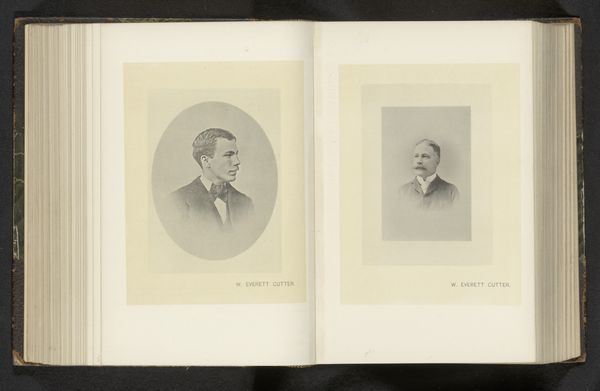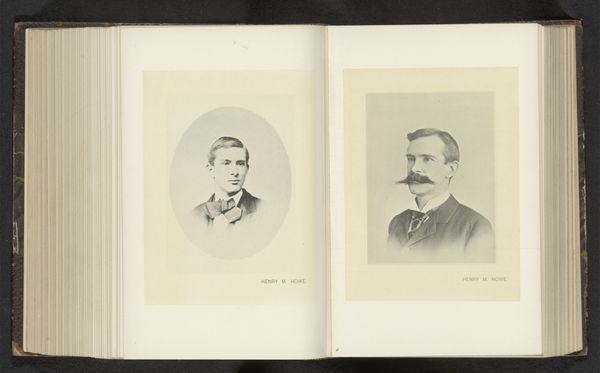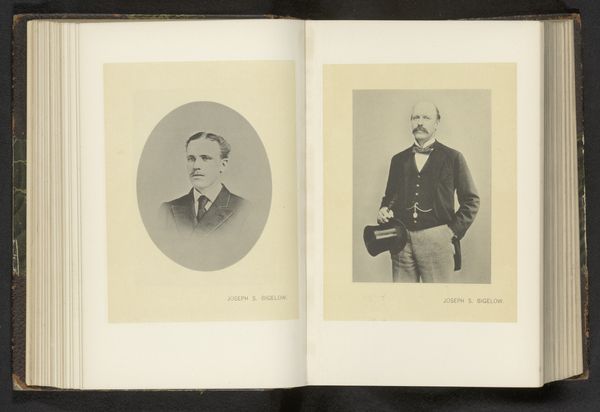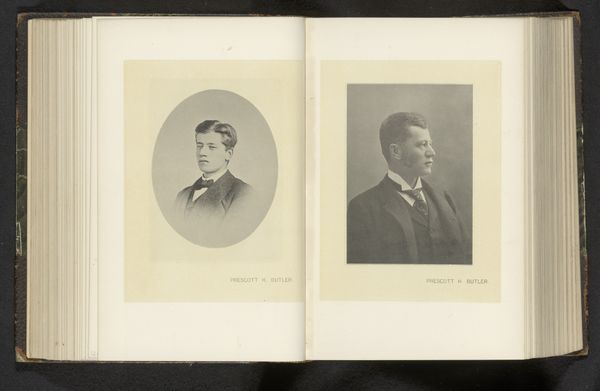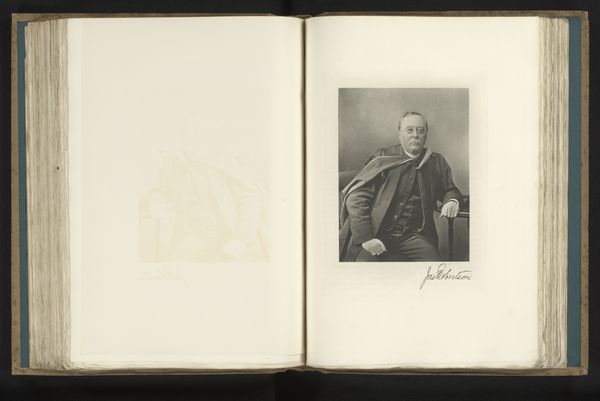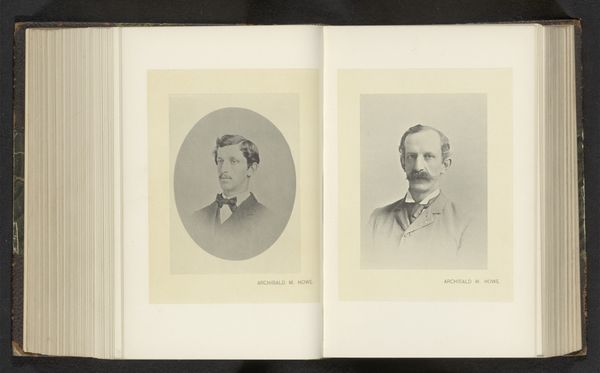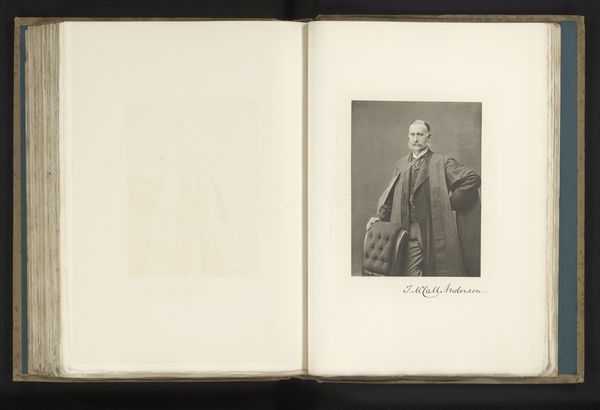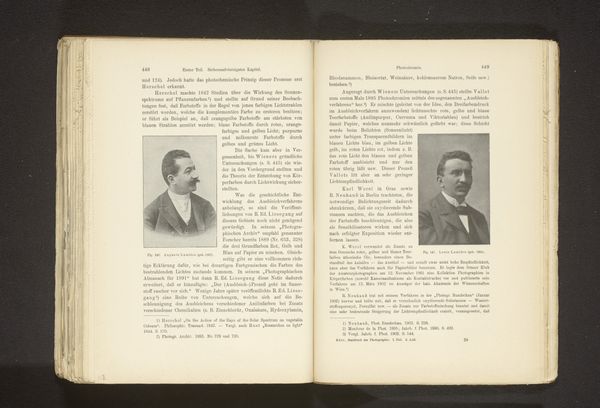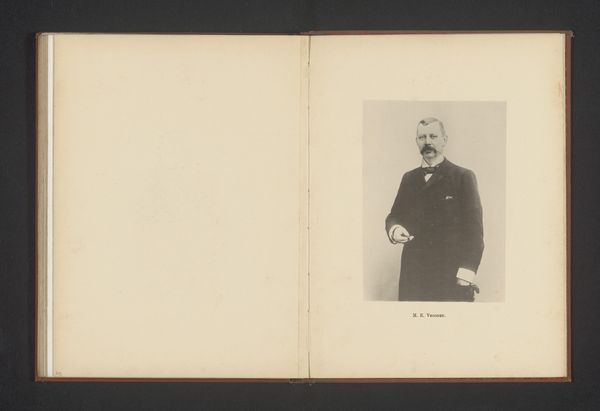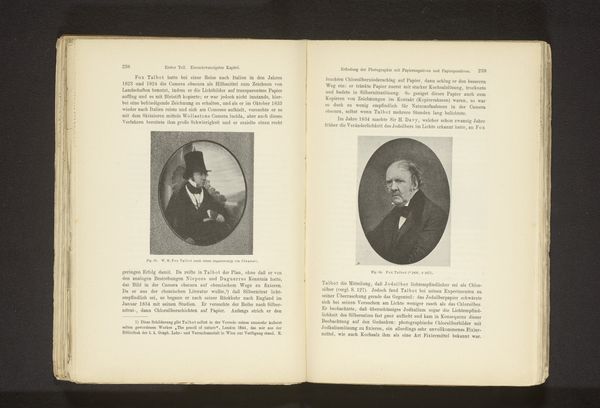
photography, albumen-print
#
portrait
#
photography
#
albumen-print
Dimensions: height 117 mm, width 83 mm
Copyright: Rijks Museum: Open Domain
Editor: So, here we have a page from an album, presenting two portraits of Francis M. Stanwood in 1869, rendered as albumen prints. There’s this feeling of almost observing two different people at different stages of life. What leaps out at you when you look at it? Curator: Well, I’m immediately drawn into a contemplation of time. It’s like glimpsing into a dual reality, not merely "before and after," but two potential paths diverging from a single point. You know, an albumen print gives it such a ghostly ethereal quality… the very human vulnerability caught within the silver salts. Do you feel you get a sense of his essence from these? Editor: That ghostly quality you mention is certainly something I notice, but I'm not sure I feel connected to him. Maybe he's just another name from the past, stiff and formal in that period way. I suppose I need a bit more context to really connect with him. Curator: Ah, but the ‘stiffness’ itself is a form of context! What we perceive as formality now was probably the height of presenting oneself, a carefully constructed performance for posterity. He's handing us clues, little mysteries of self. Imagine if all *our* selfies survived a century and a half... What oddities might future eyes find in *them*? What parts of ourselves are truly eternal, captured within an image, and which just vanish with trends? Editor: Hmm, I hadn't thought of it that way. It’s more like they are creating an ideal self than being stuck up. Maybe there's more there than first meets the eye, these historical portraits aren't as static as they look, after all! Curator: Exactly! Perhaps that’s the truest function of art, anyway. Not just holding a mirror, but holding a distorting lens that focuses our own reflections in surprising new ways. It makes you consider that time adds more context.
Comments
No comments
Be the first to comment and join the conversation on the ultimate creative platform.
